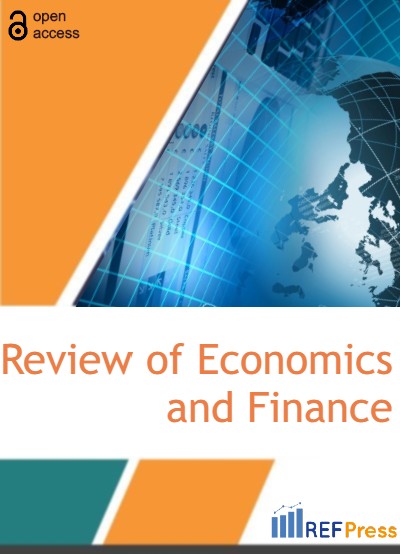
Investigating Government Spending Multiplier for the US Economy: Empirical Evidence Using a Triple Lasso Approach
(Pages 937-949)Zacharias Bragoudakis1,2,* and Dimitrios Panas3,4
1Bank of Greece.
2Department of Economics, National & Kapodistrian University of Athens.
3Tilburg School of Economics and Management.
4Systemic RM S.A., Athens, Greece.
DOI: https://doi.org/10.55365/1923.x2022.20.106
Abstract:
An essential dilemma in economics that has yielded ambiguous answers is whether governments should
spend more in recessions. This paper provides an extension of the work of Ramey & Zubairy (2018) for the US economy according to which the government spending multipliers are below unity, especially when the economy experiences severe slack. Nonetheless, their work suffered from some limitations with respect to invertibility and weak instrument problem.
The contribution of this paper is twofold: Firstly, it provides evidence that a triple lasso approach for the lag selection is a useful tool in removing the invertibility issues and the weak instrument problem. Secondly, the main results using a triple lasso approach suggest multipliers below unity for most cases with no evidence for differences between different states of the economy. Nevertheless, re-running the code in Ramey & Zubairy (2018), the case where WWII is excluded exhibits multipliers above unity, in both the military news and Blanchard-Perotti specifications, contradicting their baseline findings and providing evidence for a more effective government spending in recessions.
Keywords:
Government spending, fiscal multipliers, debiased machine learning, triple lasso.
JEL Classification:
C52, E62, H50, N42.
How to Cite:
Zacharias Bragoudakis and Dimitrios Panas. Investigating Government Spending Multiplier for the US Economy: Empirical Evidence Using a Triple Lasso Approach. [ref]: vol.20.2022. available at: https://refpress.org/ref-vol20-a106/
Licensee REF Press This is an open access article licensed under the terms of the Creative Commons Attribution Non-Commercial License (http://creativecommons.org/licenses/by-nc/3.0/) which permits unrestricted, non-commercial use, distribution and reproduction in any medium, provided the work is properly cited.
